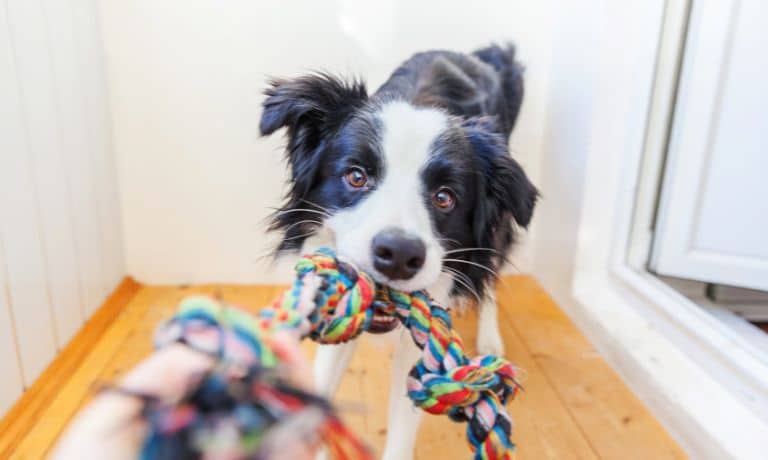
Dogs bring plenty of joy into our lives by offering unconditional love. It’s our responsibility to provide them with a safe environment where they can flourish.
If you’ve recently adopted a new dog or a puppy, you’ll want to keep your four-legged friend’s best interests at heart. Here are some effective tips for dog-proofing your home.
Keep the House Tidy
A clean home is something that most people try to maintain. This is important for dogs, especially if you have a puppy or one that needs training. You don’t want to leave anything on the floor that they can possibly eat. Take the time to ensure that stray socks don’t find their way to the floor on laundry day.
Other common household objects you should look out for are:
- Children’s toys
- Plastic bags
- Hair ties
- Fragile items
- Cords
Put away all these objects to prevent your pup from chewing on them. While you’ll always have electronics, you should try to unplug cords that aren’t in use or conceal them so that your dog can’t easily reach them. Another best practice is to keep the doors of rooms where your pup may get into trouble closed to keep them safe.
Protect Furniture
When you’re thinking of dog-proofing your home, an effective tip is to protect your furniture. Most dogs tend to shed. In addition to that, their nails can cause damage. The same goes for their teeth if they decide your sofa would make an excellent chew toy.
Some fabrics are more pet-friendly than others. These include:
- Leather
- Microfiber
- Outdoor fabrics
These materials are generally easier to clean. If you’re in the market for new furniture, go with one of these options to help in the long run. Otherwise, you can protect your existing furniture by investing in slipcovers for your furry friend. These are easy to wash, and they spare you from worrying about your couch becoming damaged.
Test for Radon
If you’ve recently moved into a new home, you should check the radon levels to keep all members of the family safe. Experts recommend that you test for radon every couple of years.
Like humans, dogs are also sensitive to this naturally occurring gas. This is especially true if you and your pup spend a good amount of time in the basement since radon enters homes through their foundations.
You should be aware of how higher radon levels can affect pets. Some signs to look out for are a loss of appetite, fever, and overall listlessness. Dogs are more susceptible to the adverse effects of this gas than humans, which puts them at risk of developing cancer faster. It’s in your best interest to act sooner rather than later.
Pro-Tip
Keep plants out of reach, as these are also often toxic to dogs.
We hope you’ve found this information helpful. With a few simple tips, you can keep your newest family member safe and happy for years to come.




